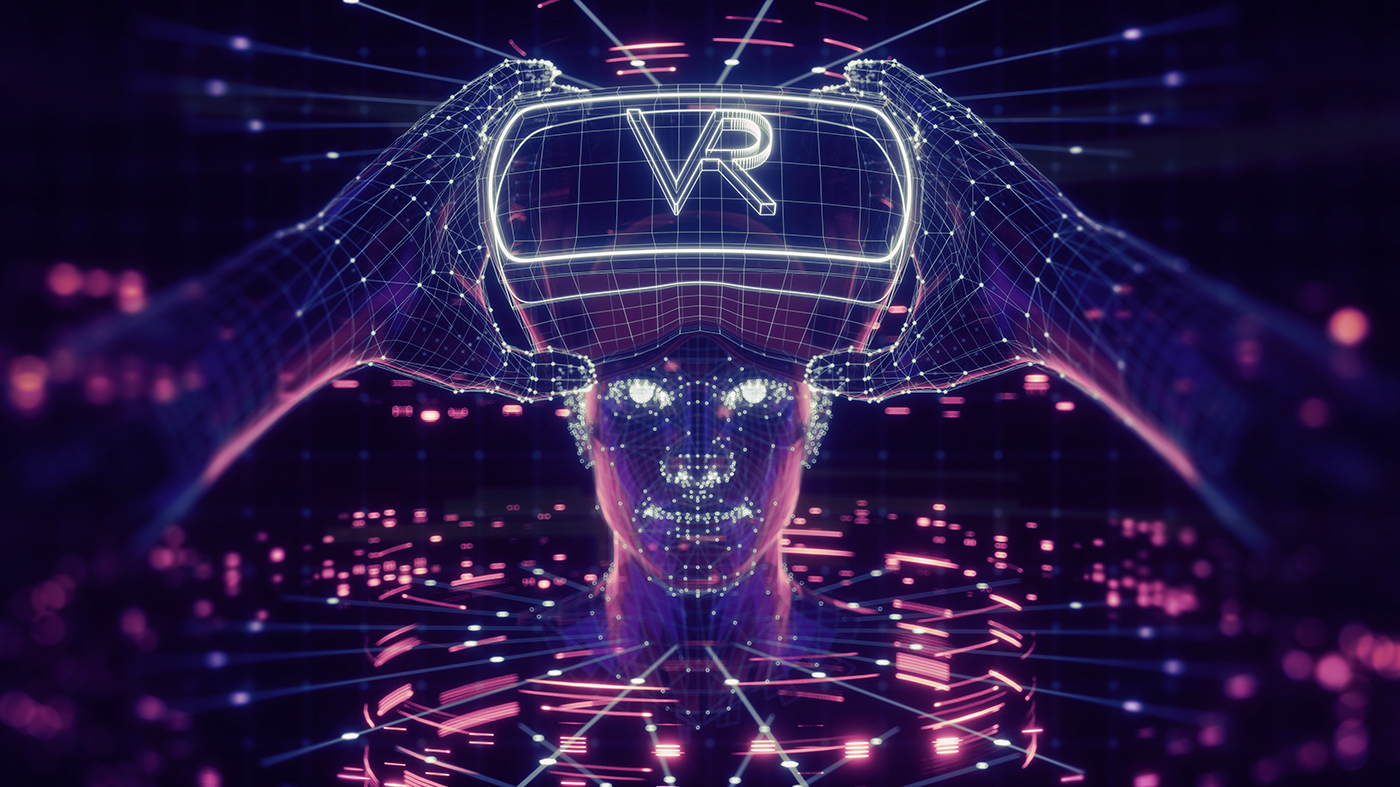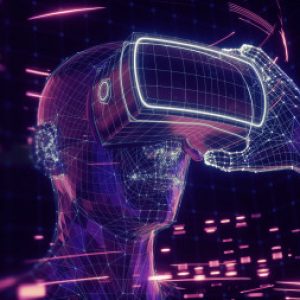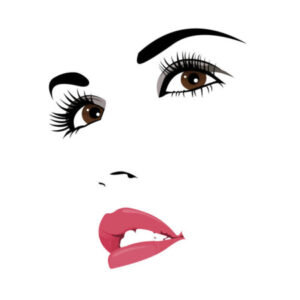For years we have often heard about virtual reality. Usually when we hear the phrase virtual reality our mind only goes to VR games But virtual reality is increasingly found in more and more industries. But what is it and how does it work?
What is virtual reality?
Virtual reality (virtual reality or simply VR) is the name coined for each system that aims to allow the user to feel like experiencing a specific experience through the use of special tools. In other words, VR is an illusion of reality, which exists in a virtual world and is based on some software.
When connected to a virtual reality system, a user can move his head in full 360 ° motion to see everything around him. Some virtual reality environments hand tools and special floors that can make the user feel that he can walk and interact with virtual objects.
There are several different types of VR systems. Some or your existing smartphone or computer, but others need to be connected to a game console to work. A user can wear the corresponding headset that connects directly to the device, so that they can watch movies, play video games, explore fantasy worlds, do high-risk sports, learn how to fly a plane or have surgery, and many more.
How does virtual reality work?
The goal of virtual reality is to simulate an experience and make the user feel like they are in another place. To do this, use any number of tools that can represent sight, sound, touch or use by other senses.
The user may feel immersed in the game, the movie, etc. because all other distractions in his room are excluded. When the user looks up, he can see anything above him in VR software, such as the sky or the ground, when he looks down. Most VRs have built-in headphones that provide surround sound just like in the real world.
The user can also use special items such as gloves to enjoy this experience. With such objects the user, when he catches something in the real world, feels the same feeling in the real world.
Although they are most often intended for video games, some VR systems may include a treadmill that simulates walking or running. When the user runs faster in the real world, his avatar can match the virtual world at the same speed. When the user stops moving, the game character will also stop moving and so on
In which branches is it used
Although virtual reality is often seen as just a way to create immersive experiences, travel the world from your couch or sit back in a virtual cinema, there are actually many other applications in the real world.
1. Education
In terms of education, a student may not be able to enter the classroom due to bad weather or just distance, but by setting up virtual reality in the classroom, anyone can attend class from the comfort of their own home.
What makes virtual reality different from simple homework is that the user can really feel like he is in the classroom with the other students and listening and watching the teacher instead of just learning concepts from a textbook with everyone. the other distractions at home.
2. Shopping
Virtual reality can be used to "buy" things without wasting money on them. Retailers can provide a way for their customers to get a virtual model of a real item before making a purchase.
An example is when you are looking for a new car. The customer can sit in the front seat of the vehicle to see how it "feels" before deciding whether to look further. The VR system can even be used to simulate the driving of the new car, so that customers can not make even faster decisions about their purchases.
3. Constructions
One of the most difficult things to do when making 3D models is to visualize what they look like in the real world. Designers and engineers can have a much better look at their models when they can see them from every possible angle.
Examining a prototype created from a virtual design is the logical next step before the implementation process. VR is introduced into the design process providing engineers with a way to test a model in a realistic scenario before having to spend money on producing the object in the real world.
For example, when an architect or engineer designs a bridge, skyscraper, house, vehicle, etc., virtual reality allows him to flip the object over, magnify it to see any defects, examine every detail in full 360 and may even apply physics rules to models to see how they respond to wind, water, or other elements that normally interact with these structures.





